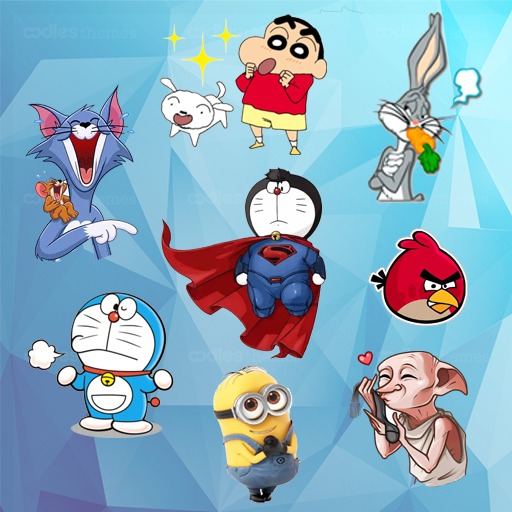The tech experts over at Digital Foundry have unveiled the final technical specifications for the upcoming Nintendo Switch 2, sparking discussions among developers regarding its GameChat feature. During last month's Nintendo Direct, Nintendo showcased the Switch 2's GameChat functionality, activated by pressing the C button on the new Joy-Con controllers. This feature allows players to spectate others enjoying either the same or different games, with video support via an integrated camera and voice communication through a reliable built-in microphone. The C button’s chat menu is designed to serve as a comprehensive multiplayer tool, potentially marking Nintendo’s most ambitious online initiative in years.
Digital Foundry mentioned that Nintendo offers developers a GameChat testing tool that mimics the API latency and L3 cache misses experienced by the actual GameChat system. This enables developers to test the feature without requiring active GameChat sessions. Digital Foundry is curious about how GameChat might influence the end-user gaming experience. While it shouldn’t impact performance if within system limits, the provision of emulation tools suggests there is a measurable effect developers must account for. As Digital Foundry noted, "We’ll be interested to see how GameChat may (or may not) impact game performance, as this seems to be an area of concern for developers." The final verdict awaits the Switch 2’s release on June 5.In the meantime, Digital Foundry disclosed additional technical details about the Switch 2. The Memory System Reservation for Switch 2 stands at 3GB, leaving 9GB available for games. By comparison, the original Switch had 0.8GB reserved and 3.2GB available for games. This indicates a substantial portion of the Switch 2’s resources are not accessible to games, similar to other consoles where system requirements reserve some GPU resources.
Nintendo Switch 2 System and Accessories Gallery

 View 91 Images
View 91 Images

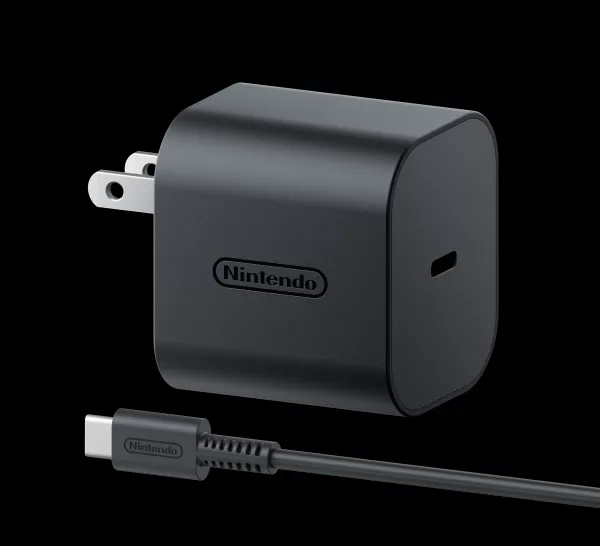
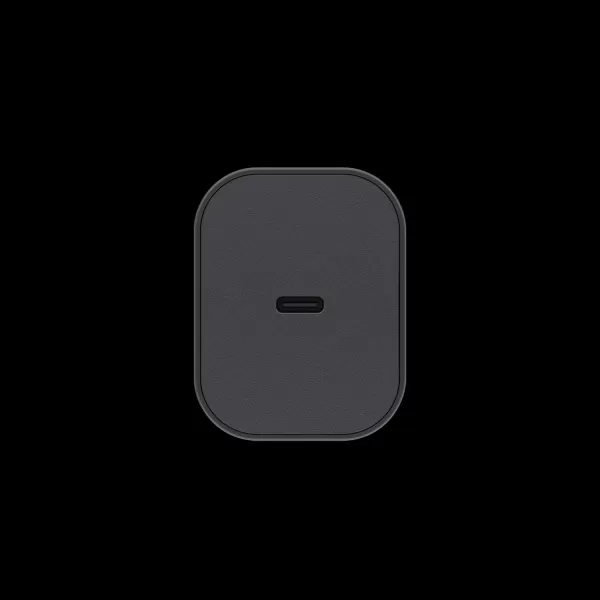 The Switch 2 boasts a 7.9-inch wide color gamut LCD screen capable of outputting at 1080p (1920x1080), significantly enhancing visuals compared to the Switch’s 6.2-inch screen, the Switch OLED’s 7-inch display, and the Switch Lite’s 5.5-inch screen.
The Switch 2 boasts a 7.9-inch wide color gamut LCD screen capable of outputting at 1080p (1920x1080), significantly enhancing visuals compared to the Switch’s 6.2-inch screen, the Switch OLED’s 7-inch display, and the Switch Lite’s 5.5-inch screen.
Support for HDR10 and Variable Refresh Rate (VRR) up to 120Hz ensures games can achieve frame rates up to 120fps when supported. Docking the Switch 2 enables gaming in 4K (3840x2160) at 60fps or 1080p/1440p (1920x1080/2560x1440) at 120fps, thanks to a custom processor developed by NVIDIA.
For a deeper dive into Digital Foundry’s revelations, their report is highly recommended.


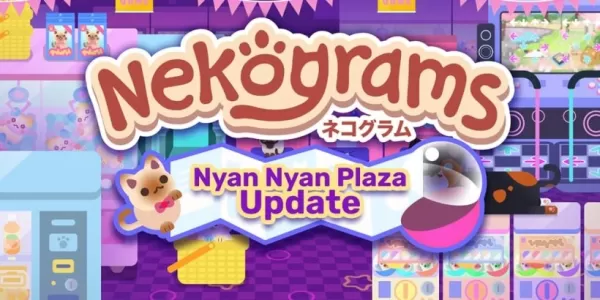

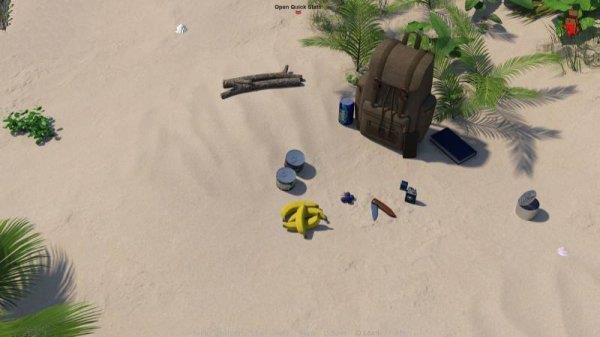


![NULL [Remastered]](https://imgs.39man.com/uploads/71/1719651062667fcaf6c483b.png)






